May 27, 2025
In modern industrial manufacturing, the demands on tubing materials for fluid transfer are becoming increasingly stringent. Tubes must withstand high temperatures, resist corrosion, offer low friction, and maintain long-term performance stability. Fluororesin tubing stands out as a top-performing solution that meets these exacting requirements.
This article will take an in-depth look at the material characteristics, key advantages, application areas, and selection considerations of fluororesin tubing, helping you better understand and utilize this high-performance product in your operations.
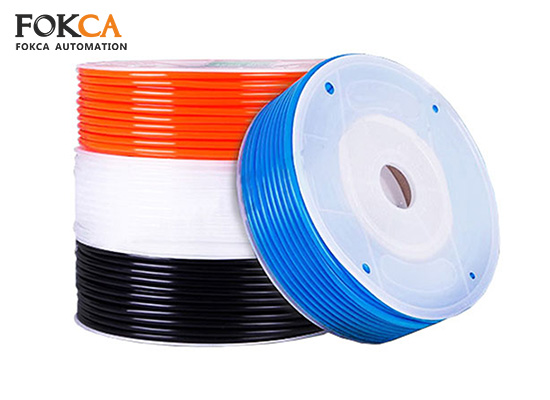
Fluororesin tubing is a type of plastic hose extruded from fluoropolymers such as PTFE, FEP, and PFA, known for their exceptional chemical inertness and thermal stability. These materials make fluororesin tubing ideal for demanding industrial applications where resistance to heat, chemicals, and contamination is critical.
Here's a breakdown of the common types of fluororesins used:
◆Polytetrafluoroethylene
PTFE tubing is renowned for its exceptional chemical resistance, ultra-low friction coefficient, and superior thermal stability. It is widely used in industries such as chemical processing, automotive, and aerospace, where extreme operating conditions are common.
◆Fluorinated Ethylene Propylene
FEP tubing shares many properties with PTFE but is more flexible and easier to process. Its excellent optical clarity makes it ideal for applications where visual monitoring is important, such as in medical devices and laboratory equipment.
◆Perfluoroalkoxy
PFA tubing combines the chemical resistance and thermal stability of PTFE with the processability and clarity of FEP. It is the preferred choice for semiconductor manufacturing, high-purity fluid handling systems, and other applications requiring both performance and fabrication flexibility.
◆ PFAC Coiled Tubing
PFAC coiled tubing is a flexible and durable solution made from high-performance PFAC material. It is designed for transporting fluids and gases in harsh environments, offering outstanding resistance to chemicals, temperature fluctuations, and high pressure. This makes it a popular choice in industrial and instrumentation systems.
◆Ethylene Tetrafluoroethylene
ETFE tubing is a fluoropolymer known for its excellent mechanical strength and resistance to extreme environmental conditions. It is often used in architectural applications, such as ETFE cushions for facades and roofing in modern building designs, where durability, transparency, and weather resistance are essential.
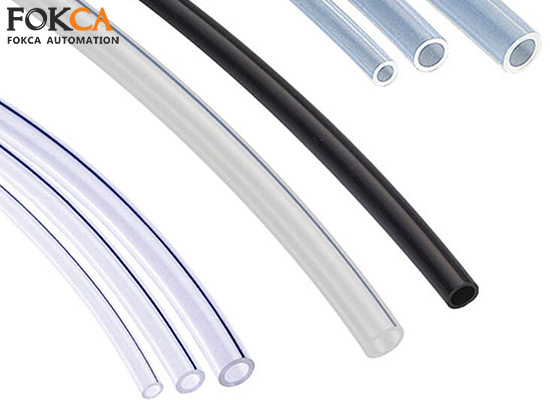
Fluororesins such as PTFE, PFA, and FEP offer nearly universal chemical inertness. They can withstand highly corrosive substances including concentrated sulfuric acid, hydrofluoric acid, aqua regia, and a wide range of organic solvents.
In contrast:
PVC tubing is prone to degradation by organic solvents and strong oxidizers, offering only moderate acid-alkali resistance.
Rubber hoses are available in oil- and acid-resistant variants, but have limited lifespan.
Silicone tubing handles only weak acids and alkalis and is not suitable for aggressive chemicals.
Stainless steel braided hoses have good corrosion resistance but can still be attacked by strong acids or chlorides.
Superior High-Temperature Resistance
PTFE tubing can operate continuously between -200°C to 260°C without melting or decomposing, maintaining its shape and integrity under extreme temperatures.
Other materials in comparison:
PVC tubing softens at around 60–80°C, and may deform or rupture under heat.
Rubber tubing handles about 100–150°C, with special grades up to 180°C.
Silicone tubing offers decent temperature tolerance, up to about 200°C.
Stainless steel hoses can endure up to 400°C, but conduct heat easily and are complex to install.
Ultra-Low Friction Coefficient
PTFE has one of the lowest coefficients of friction among all known plastics (approx. 0.05–0.1), which significantly reduces fluid resistance inside the tube.
In contrast:
PVC and rubber tubing has rougher surfaces, increasing flow resistance.
Silicone tubing is soft but can clog due to particle adhesion.
Stainless steel corrugated tubing has non-smooth interiors, increasing fluid turbulence and drag.
Non-Stick Surface & Easy to Clean
Fluororesin surfaces have very low surface energy, making them non-stick and easy to clean, with excellent resistance to contamination. They can be sterilized repeatedly.
Comparatively:
Silicone tubing tends to attract oils or proteins, requiring frequent cleaning.
Rubber hoses often have rough interiors that encourage microbial growth.
PVC tubing degrades over time and may become brittle with repeated cleaning.
Excellent Electrical Insulation
Fluororesins provide superior volume resistivity and dielectric strength, making them ideal for high-frequency signal transmission and cable insulation.
Compared to:
Rubber/PVC tubing offers moderate insulation but ages quickly and may become conductive when moist.
Stainless steel is a conductor and cannot provide electrical insulation.
Silicone tubing insulates well, but is not suitable for high-frequency, high-voltage applications.
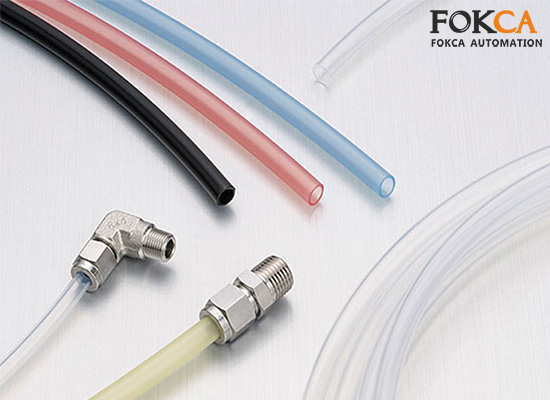
Semiconductor Industry: Used for ultrapure chemical delivery to ensure process cleanliness.
Chemical Equipment: Ideal for safely transporting highly corrosive fluids such as hydrofluoric acid and concentrated sulfuric acid.
Food & Pharmaceutical: Complies with FDA standards; widely used in CIP (Clean-in-Place) systems and sterile fluid transfer.
Laboratory Systems: Suitable for high-purity gas or liquid lines in precision analytical instruments.
Automotive & Aerospace: Used in vacuum or pressure control systems operating under high temperature or harsh environmental conditions.
When selecting fluororesin tubing, consider the following parameters to match the appropriate model:
Chemical Media
Ensure compatibility with PTFE, FEP, or PFA materials
Operating Temperature
PTFE has the highest temperature resistance, FEP is moderate, PFA offers a balanced performance
Pressure Requirements
Choose based on inner diameter and wall thickness; opt for braided reinforcement if needed
Bend Radius
PTFE is more rigid; FEP and PFA offer better flexibility
Transparency
FEP and PFA are suitable for applications requiring visual flow monitoring
Fluororesin tubing, with its exceptional chemical inertness, high-temperature resistance, and non-stick properties, has become a critical material in modern industrial fluid control systems. Whether in the chemical, semiconductor, medical, or food industries, proper selection and installation of fluororesin tubing are essential steps toward enhancing system reliability and operational efficiency.if you want more information,contact us directly!
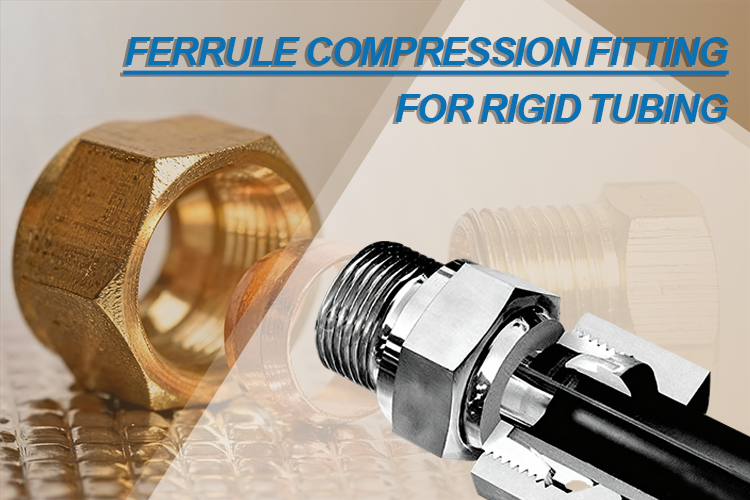 Ferrule Compression Fitting for Rigid Tubing What It Is and How to Choose the Right Connection
Ferrule Compression Fitting for Rigid Tubing What It Is and How to Choose the Right Connection
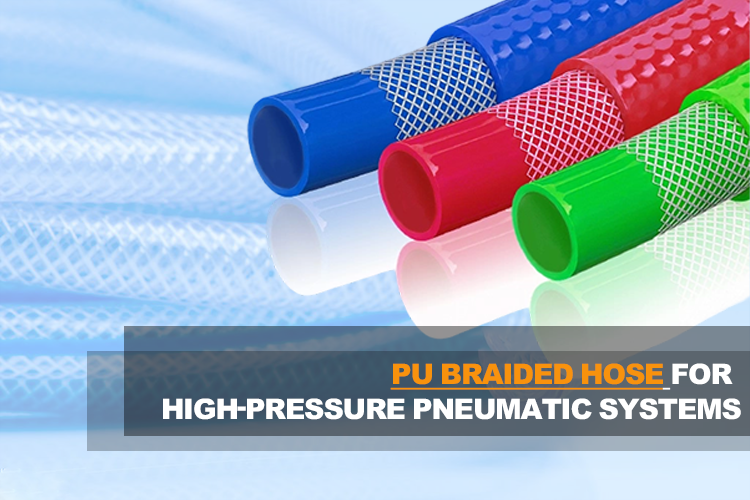 PU Braided Hose for High-Pressure Pneumatic Systems
PU Braided Hose for High-Pressure Pneumatic Systems
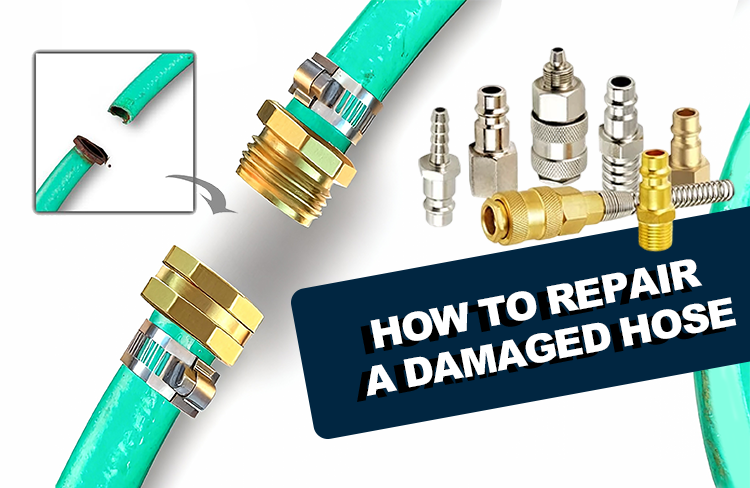 How to Repair a Damaged Hose Using a Hose Mender
How to Repair a Damaged Hose Using a Hose Mender
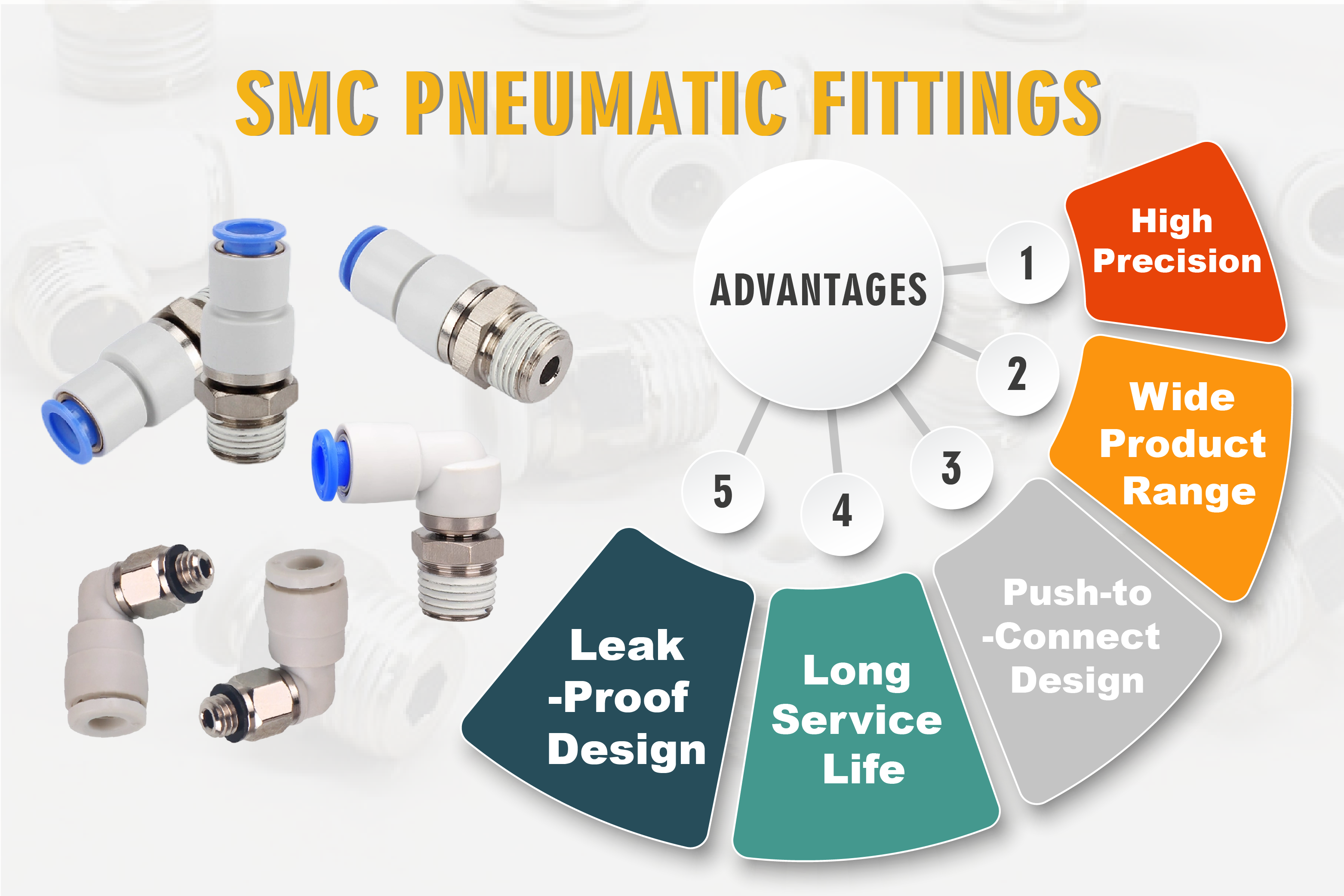 SMC Pneumatic Fittings: What Makes Them Stand Out in Industrial Automation
SMC Pneumatic Fittings: What Makes Them Stand Out in Industrial Automation
 PU Spiral Hose Features: Flexible Tangle-Free and Built for Real-World Pneumatic Work
PU Spiral Hose Features: Flexible Tangle-Free and Built for Real-World Pneumatic Work
You May Interest In
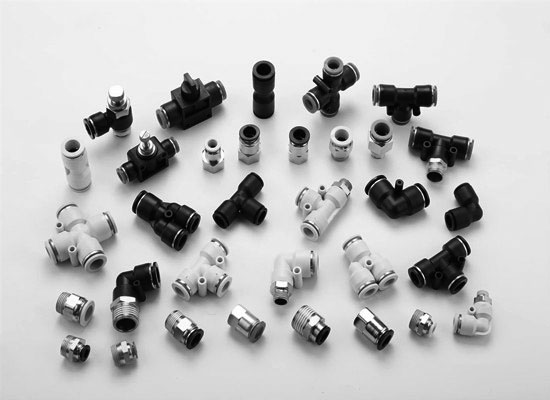
May 07, 2025 Blog
Comprehensive Analysis of Pneumatic Push in Fittings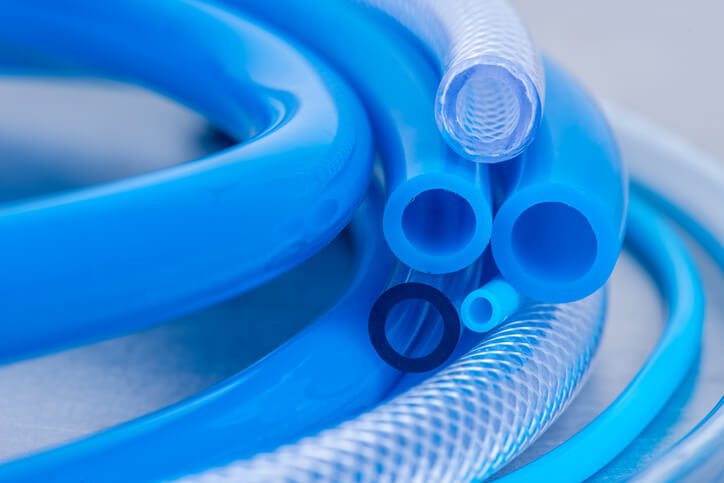
Apr 22, 2025 Blog
Solution for Nylon Tube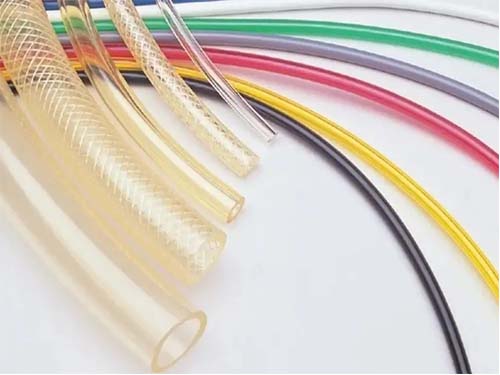
Apr 16, 2025 Blog
PVC Tubing vs. Polyurethane Tubing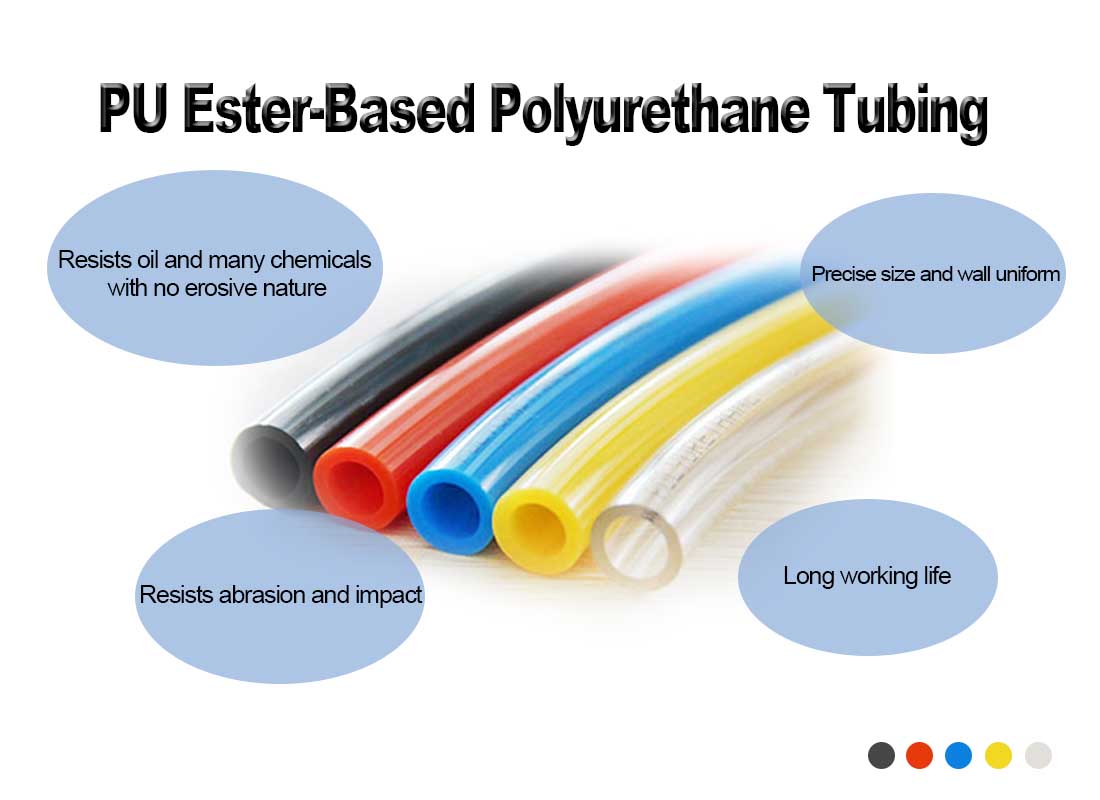
Apr 10, 2025 Blog
What is the difference between pu and pvc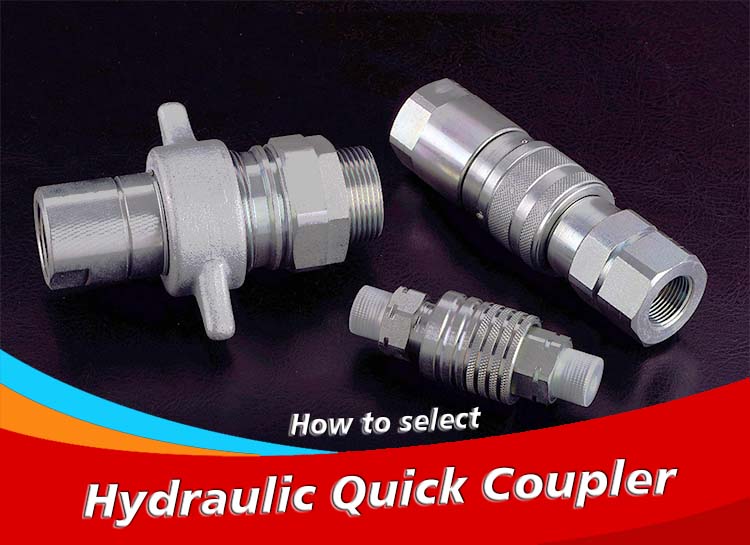
Feb 24, 2025 Blog
How to Identify Hydraulic Quick Couplers?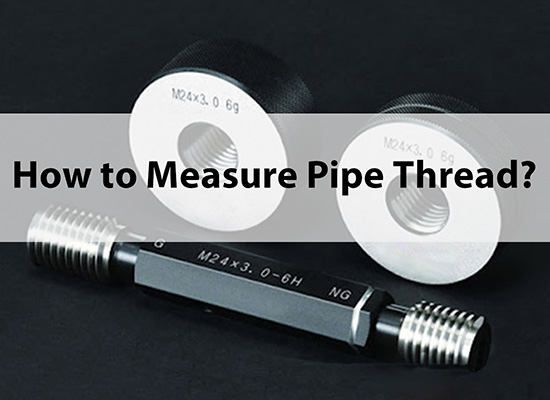
Jan 21, 2025 Blog
How to Measure Pipe Thread?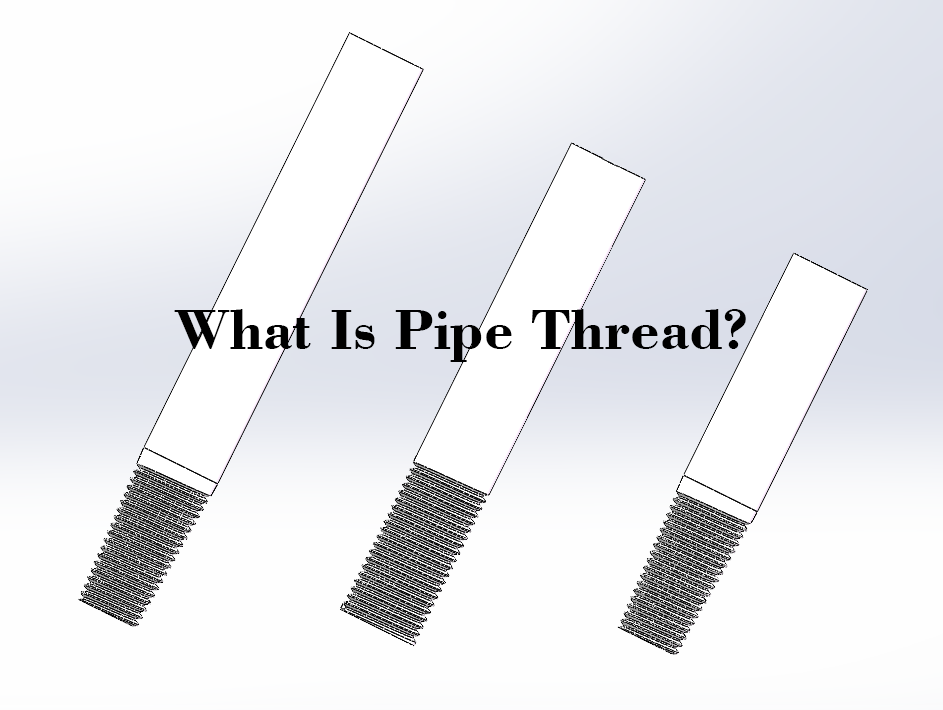
Jan 16, 2025 Blog
What Is Pipe thread?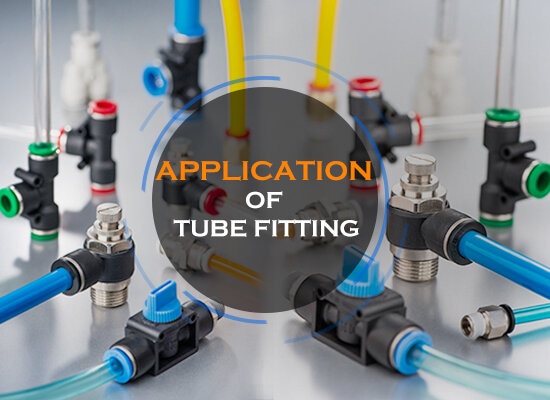
Dec 04, 2024 Blog
Application Of Tube Fitting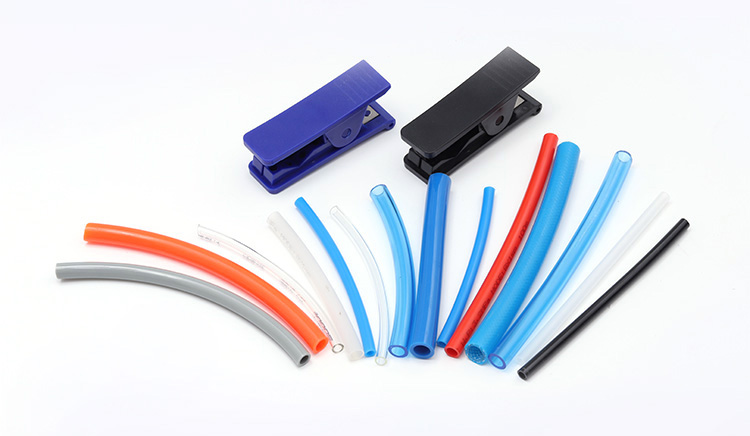
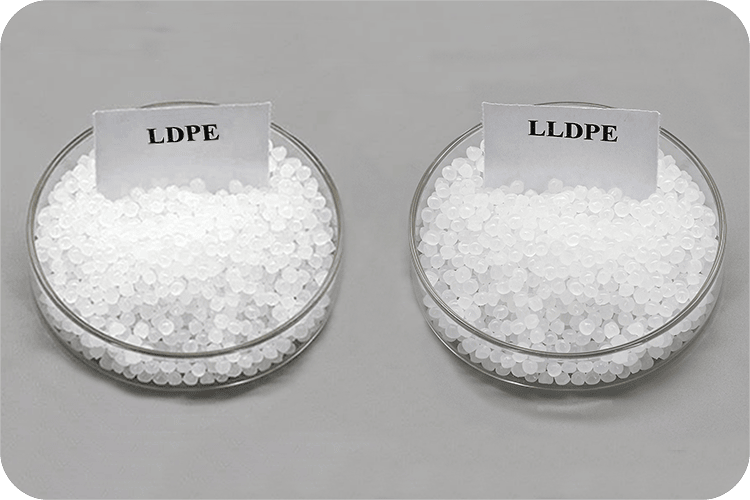
Jun 26, 2023 Blog
What Is The Difference Between LLDPE And LDPE?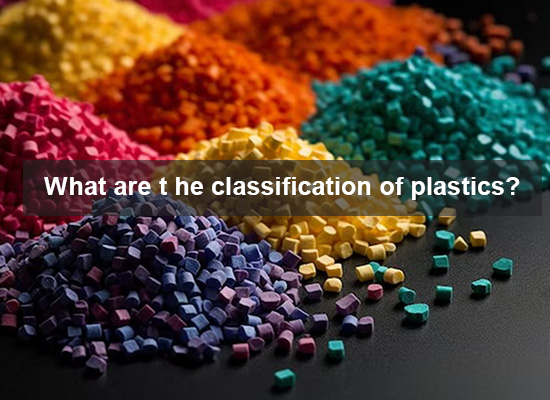
Jan 17, 2023 Blog
What Are The Classification Of Plastics?Links: www.fescolo.com(Pneumatic)
FOKCA ©1998-2025 All Rights Reserved Sitemap